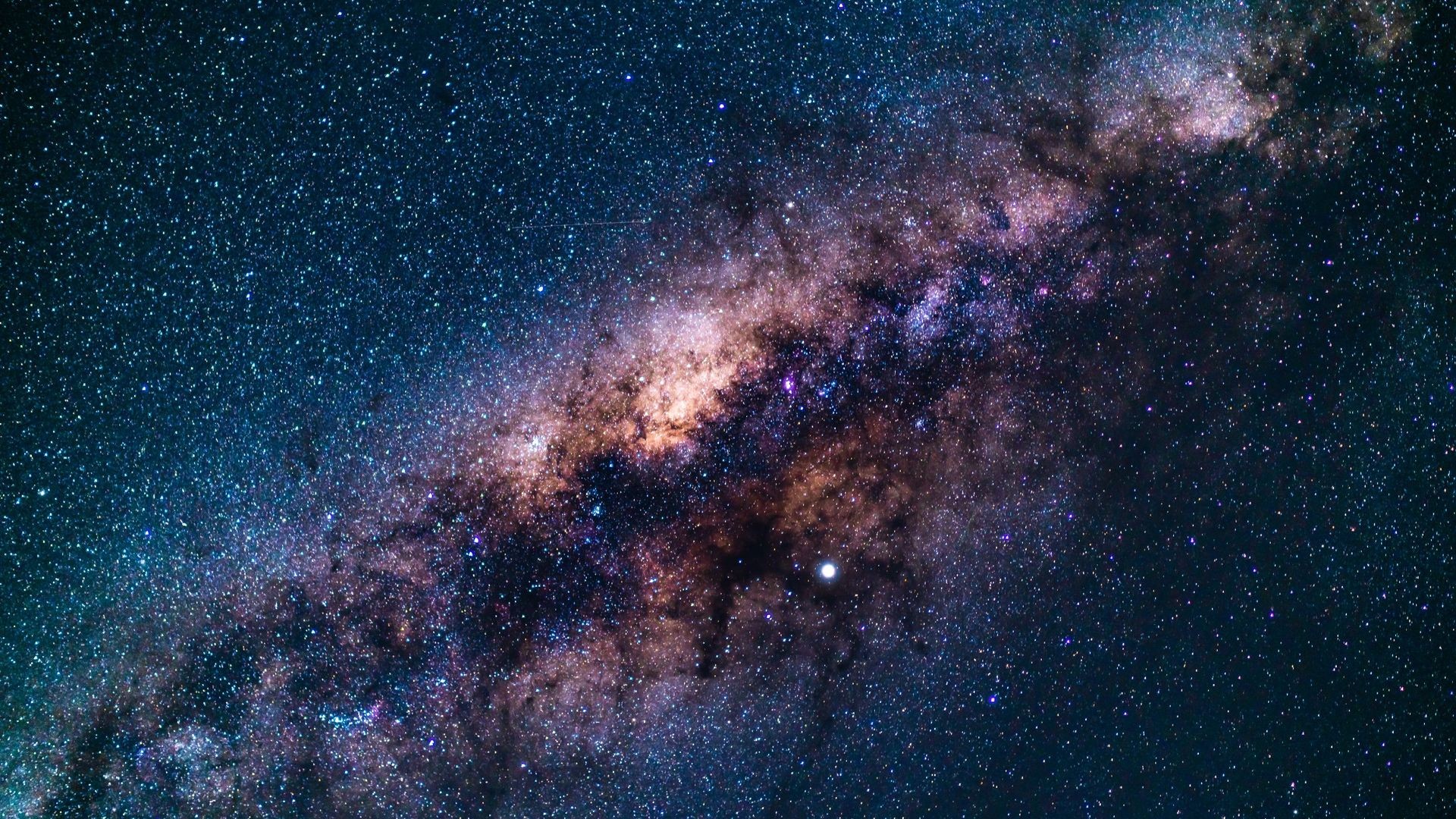While science fiction often depicts space as a freezing void, the reality is far more complex. Space itself doesn’t inherently have a temperature. So, What Temperature Is In Space and why does it vary so dramatically? Let’s delve into the fascinating thermal properties of the cosmos and explore the factors that influence temperature in different regions.
Temperature, fundamentally, is a measure of the average kinetic energy of particles – how fast they’re moving. Heat is the total energy of those particles. In a perfect vacuum, where there are no particles or radiation, there’s nothing to measure a temperature from. However, space is not truly empty. It’s filled with particles and radiation, leading to varying temperatures across the universe.
How Stars Heat Up Space
The regions closest to stars are the hottest due to nuclear fusion occurring within them. The radiation emitted by stars like our Sun dramatically increases the temperature of surrounding space, especially where there is a significant concentration of particles.
The Earth, for example, is significantly warmer than the space between it and the Sun. This is because the particles in our atmosphere vibrate when they absorb solar energy, transferring that energy through collisions. However, proximity to a star and the presence of particles don’t guarantee warmth. Mercury, the closest planet to the Sun, experiences extreme temperature fluctuations, reaching scorching highs during the day but plummeting to a frigid 95 K (-288 ⁰Fahrenheit/-178 ⁰Celsius ) at night.
In contrast, Uranus experiences extremely cold temperatures. Despite not being the furthest planet from the Sun, its surface can reach temperatures as low as -371 ⁰F (-224 ⁰C). This is attributed to a collision early in its history that caused it to tilt on its axis, hindering its ability to retain internal heat. Neptune, the furthest planet, is slightly warmer at -353 ⁰F (-214 ⁰C ).
The Interstellar Medium: A Deep Freeze
Far from the influence of stars, in the vast expanse of the interstellar medium, particles become incredibly sparse. This makes heat transfer through conduction and convection virtually impossible, leading to a significant drop in temperature. The interstellar medium contains molecular gas clouds of varying densities and temperatures. The coldest, densest clouds can reach temperatures as low as 10 K (-505 ⁰F/-263 ⁰C), while less dense clouds can be as warm as 100 K (-279 ⁰F/-173 ⁰C).
The Cosmic Microwave Background: The Universe’s Baseline Temperature
Given the extreme temperature variations across the universe, it might seem impossible to assign a single temperature to space. However, there is a pervasive background radiation that permeates the cosmos with remarkable uniformity. This is the cosmic microwave background (CMB).
The CMB has a temperature of approximately 2.7 K (-459⁰F/-270⁰C), just a few degrees above absolute zero. This radiation is incredibly uniform, varying by only 0.000018 K between hot and cold spots. The CMB is a remnant of the early universe, specifically from the era of “last scattering” around 400,000 years after the Big Bang. This occurred when electrons and protons combined to form hydrogen atoms, allowing photons to travel freely through space. The CMB photons, initially much hotter (around 3,000 K), have cooled as the universe expanded, their energy levels decreasing due to redshift.
As the universe continues to expand, the CMB temperature will continue to decrease, making space even colder than it is today.
Exposure to Space: Freezing or Decompression?
Science fiction often portrays exposure to space as leading to immediate freezing. However, the reality is more nuanced. While space is cold, the primary danger to an astronaut exposed to the vacuum of space is decompression.
Heat transfer in space primarily occurs through radiation. Conduction and convection are negligible due to the lack of matter. This means that heat loss is a slow process. An unsuited astronaut would lose heat, but not quickly enough to freeze to death. Instead, they would succumb to the effects of decompression due to the lack of atmospheric pressure far more rapidly.
In conclusion, the temperature in space is not a single value but varies widely depending on location and proximity to heat sources like stars. While the vast interstellar medium can be extremely cold, the cosmic microwave background provides a baseline temperature for the universe. And while the idea of freezing in space is a popular trope, the reality of decompression poses a much greater threat.
Further Reading
- “Astrophysics for People in a Hurry” by Neil deGrasse Tyson
- “Origins of the Universe: The Cosmic Microwave Background and the Search for Quantum Gravity” by Keith Cooper

